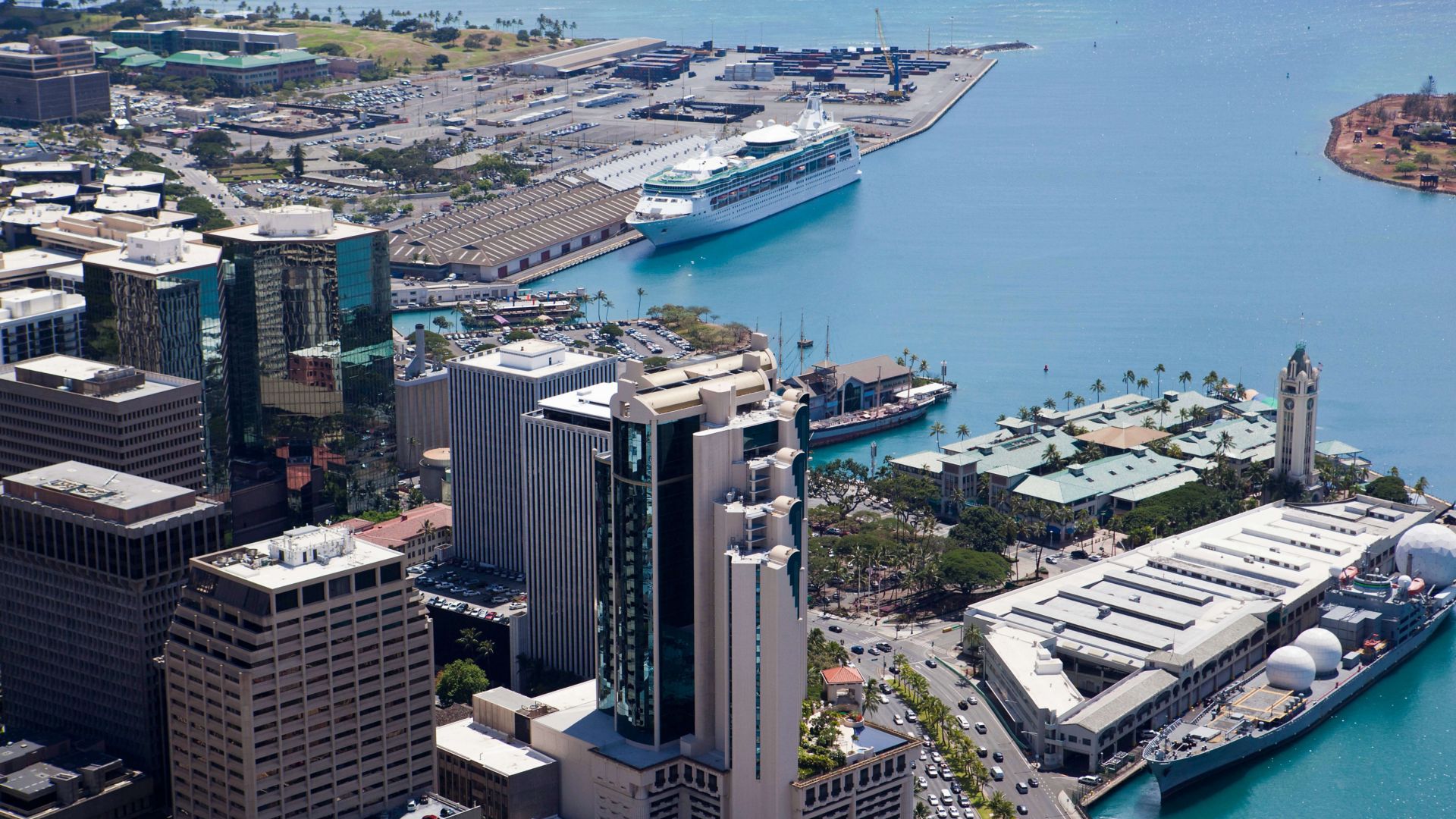High Wind Performance Adhered System
Unlike mechanically-attached roofing systems where the membrane is secured to the system using fasteners, adhered roofing systems secure the membrane to the system using adhesive. The Lightweight Insulated Concrete System (LWIC) utilizes the Sarnafil G 410 feltback roof membrane designed specifically for adhered applications bonded to the concrete using Sarnacol 2121 water-based membrane adhesive. This combination creates a durable roof system that also has excellent wind uplift values. Below are some of the reasons why the LWIC roofing system might be the best fit for your project.
Lightweight Insulated Concrete
Lightweight Insulated Concrete (also known as LWIC) is a material intended for use as an insulation and substrate for support and attachment of roofing membranes on slope roofs. The LWIC systems are composed of either aggregate or cellular concrete.
Lightweight Insulated Concrete Benefits:
- High-wind uplift resistance
- Perfect for high rise and coastal buildings
- Proven Performance Sarnafil Membrane
- Best for low slope applications
- Aesthetically pleasing
- Eliminates sheet flutter and “billowing”
- No fastener penetration into the concrete
- Adhered feltback membrane minimizes substrate imperfections
What is Lightweight Insulated Concrete?
LWIC is a mixture of Portland cement, water and preformed foam with circular cut-outs. The result is a lightweight substrate with a compressive strength of 120 PSI- 300 PSI. The characteristics of LWIC make it an excellent substrate for adhering Sarnafil G 410 feltback membrane with Sarnacol 2121. LWIC can be utilized on both new construction and reroofing applications.
Projects Where a High Wind System Should be Considered
The National Oceanic and Atmospheric Administration’s National Weather Service states that “a high wind event has occurred whenever sustained winds of 40 mph or more, or a peak gust of 58 mph or more, has been reported from reliable observing equipment.” A roofing system will truly be tested when it experiences multiple wind events over time in the most extreme weather conditions.
High wind events are not just limited to those buildings that are located near the coastline or in tornado prone areas. Consider the following criteria when determining if your building should have a roof system designed to resist high wind loads.
- Building height of 70 feet or taller
- Location near any large body of water (coastal or inland)
- Location within hurricane prone areas
- Building codes requiring a roof to withstand winds greater than hurricane velocity (74 mph)
- A desire for long term performance and complete security
Wind Uplift Video
Learn about concrete roof deck issues in this webinar.

